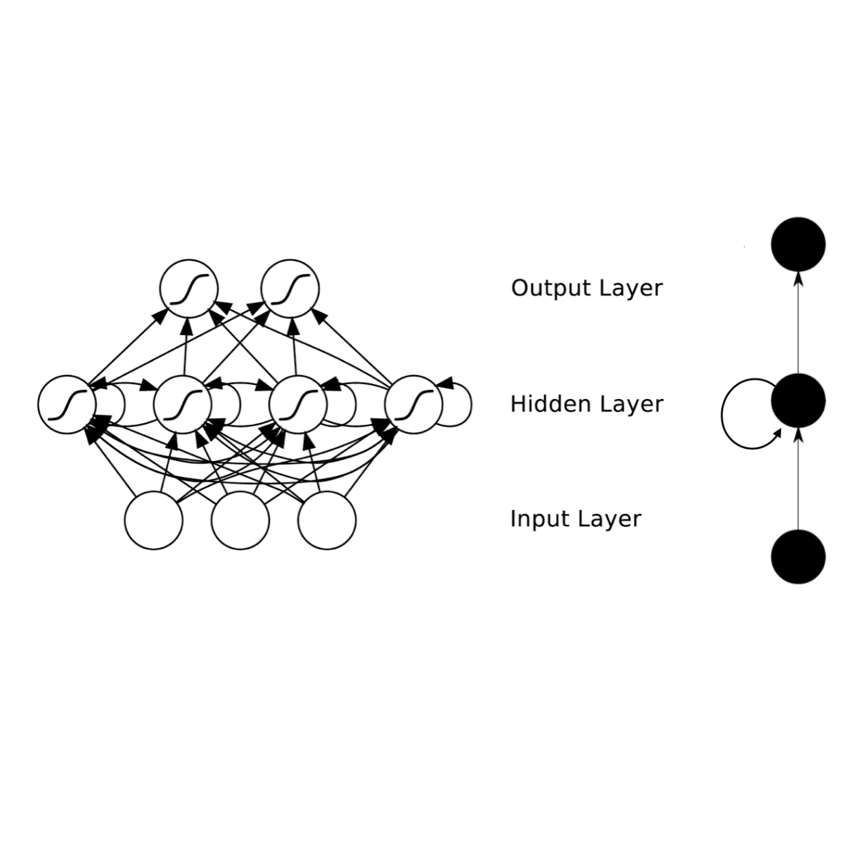Studies of the dynamics of nonlinear recurrent neural networks often assume independent and identically distributed couplings, but large-scale connectomics data indicate that biological neural circuits exhibit markedly different connectivity properties. These include rapidly decaying singular-value spectra and structured singular-vector overlaps. Here, we develop a theory to analyze how these forms of structure shape high-dimensional collective activity in nonlinear recurrent neural networks. We first introduce the random-mode model, a random-matrix ensemble related to the singular-value decomposition that enables control over the spectrum and right-left mode overlaps. Then, using a novel path-integral calculation, we derive analytical expressions that reveal how connectivity structure affects features of collective dynamics: the dimension of activity, which quantifies the number of high-variance collective-activity fluctuations, and the temporal correlations that characterize the timescales of these fluctuations. We show that connectivity structure can be invisible in single-neuron activities while dramatically shaping collective activity. Furthermore, despite the nonlinear, high-dimensional nature of these networks, the dimension of activity depends on just two connectivity parameters -- the variance of the couplings and the effective rank of the coupling matrix, which quantifies the number of dominant rank-one connectivity components. We contrast the effects of single-neuron heterogeneity and low dimensional connectivity, making predictions about how z-scoring data affects the dimension of activity. Finally, we demonstrate the presence of structured overlaps between left and right modes in the Drosophila connectome, incorporate them into the theory, and show how they further shape collective dynamics.
翻译:暂无翻译




